Gold’s rebound attempt last week once again faltered after rejection by 4 hour 55 EMA. Yet, it’s still resiliently holding on to 61.8% retracement of 1682.60 to 1833.79 at 1740.35. The price structure of the fall from 1833.79 is slightly favoring the case that it’s just a corrective move.
Firm break of 1787.02 will argue that such pull back has completed and bring stronger rise back to retest 1833.79/97 structural resistance zone. Such development would be in line with the case that whole correction from 2074.84 has completed after drawing support from long term fibonacci level of 38.2% retracement of 1046.27 to 2074.84 at 1681.92. However, sustained trading below 1740.35 would put focus back to this 1681.92 key fibonacci support level.




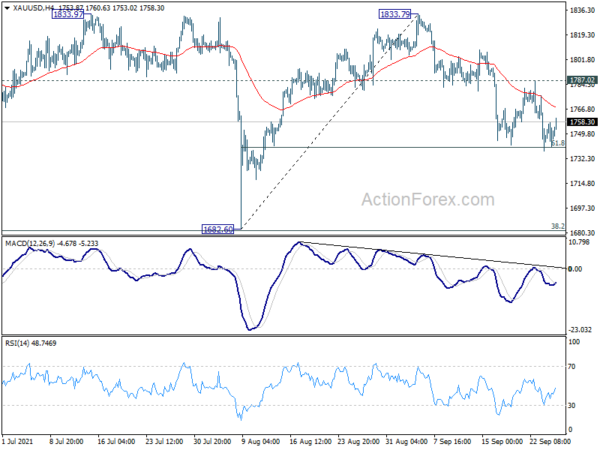

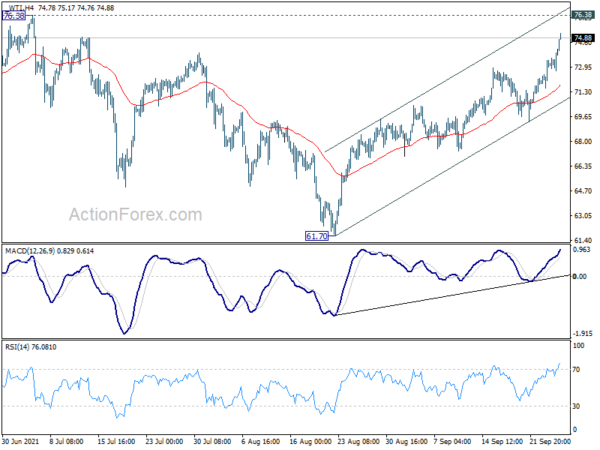
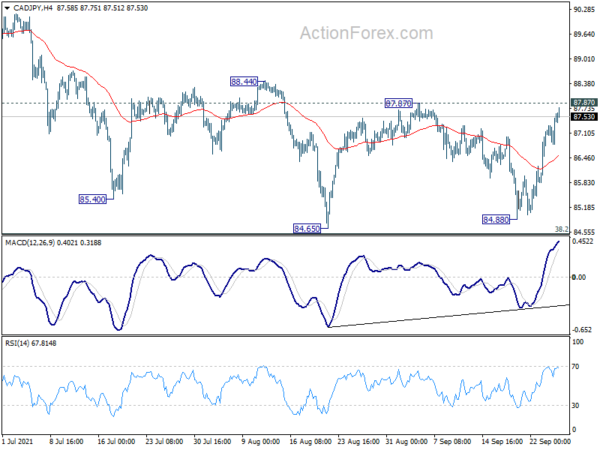
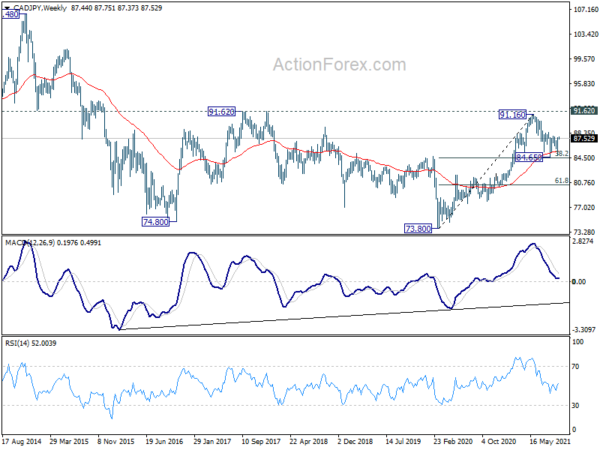

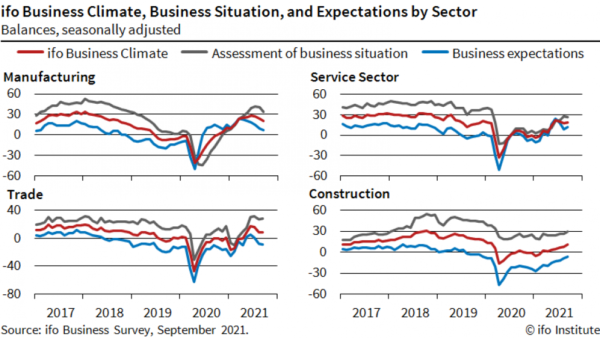
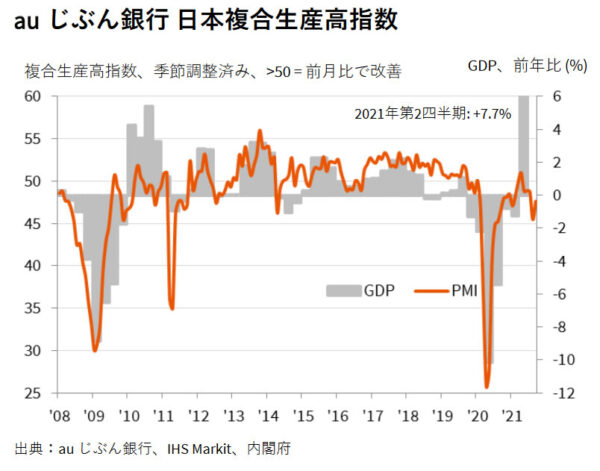
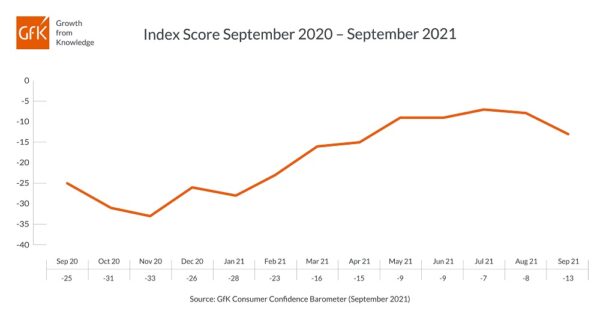
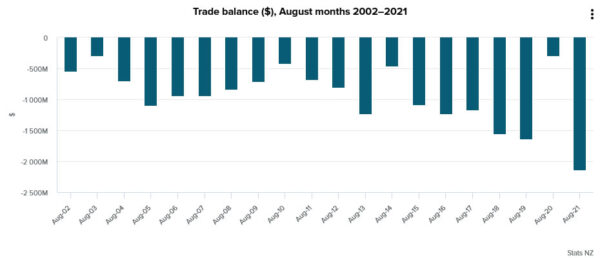
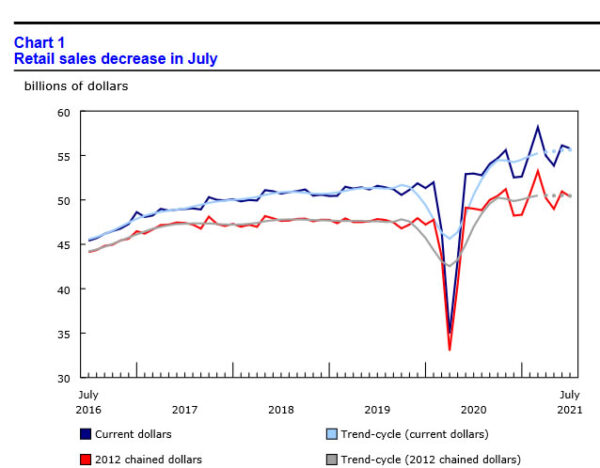
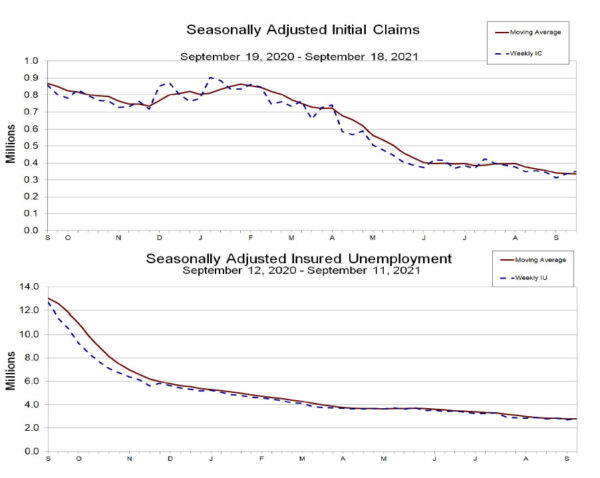
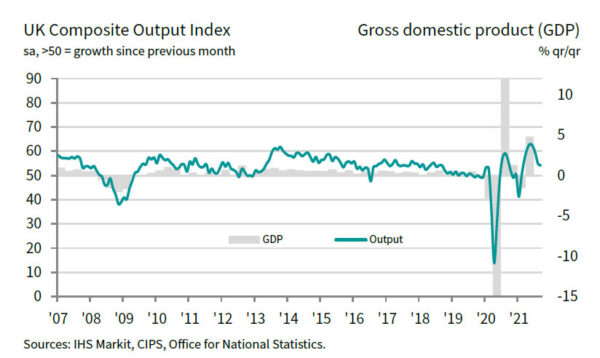
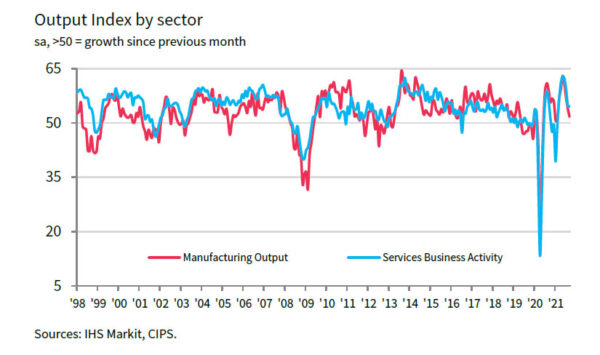
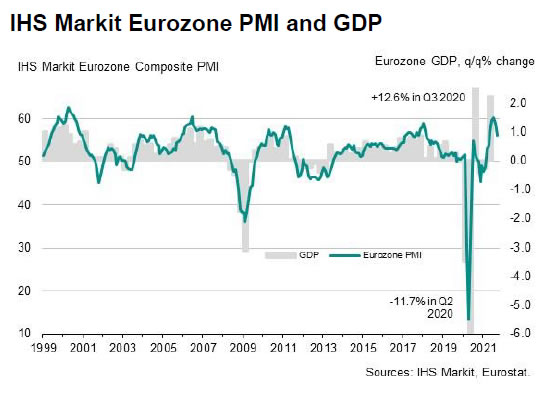
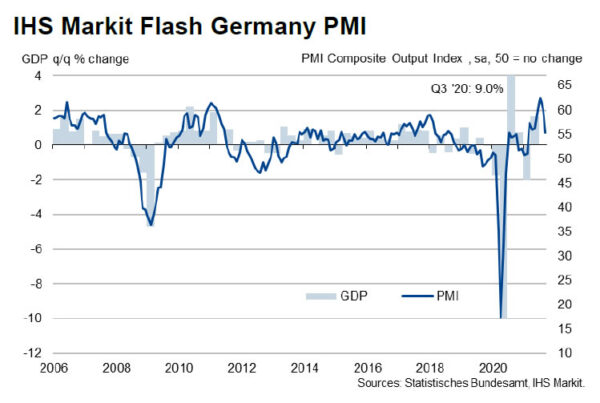
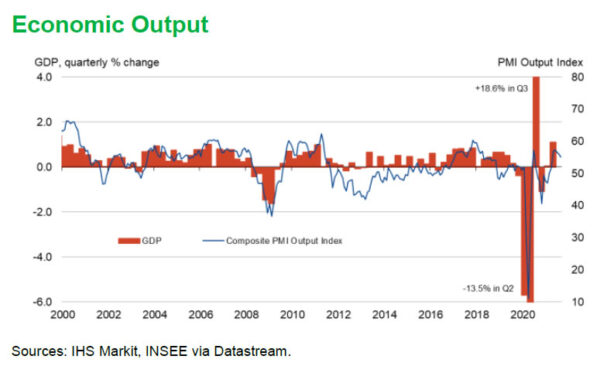
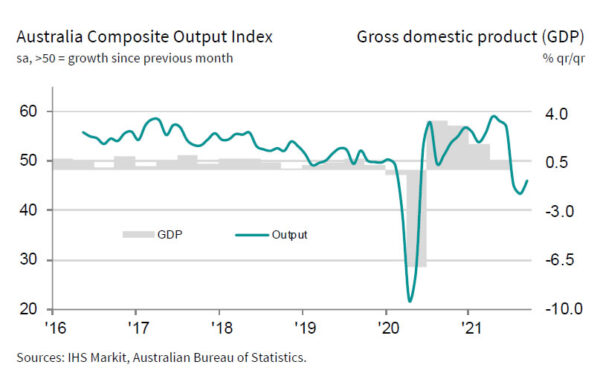
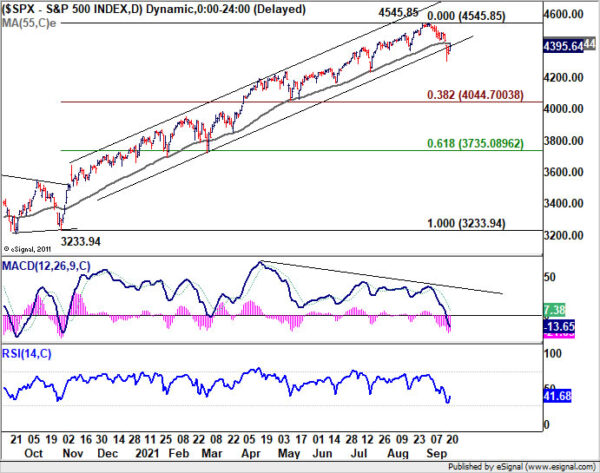


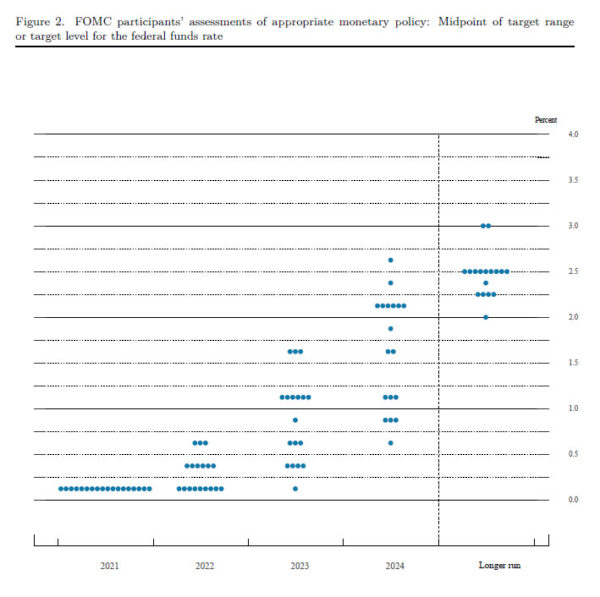

BoJ Kuroda: Must continue to focus on responding to the pandemic
BoJ Governor Haruhiko Kuroda admitted, “it’s true Japan’s economy has been held back by the successive waves of COVID-19.” “While corporate funding conditions have improved from a while ago, those of firms offering face-to-face services remain severe,” he added.
“Given high uncertainty over the outlook due to the spread of the Delta variant, the BOJ must continue to focus on responding to the pandemic for the time being,” he said.
Meanwhile, Kuroda is not concerned about the supply shortages that manufacturers are facing. “This will only be transitory, and from a somewhat long-term perspective, exports and production are expected to continue on an increasing trend, partly supported by the restocking of inventories and a recovery in production from the decline brought about by the supply-side constraints,” he said.